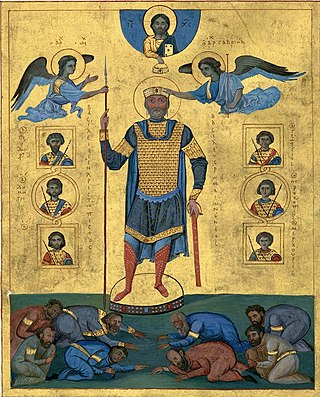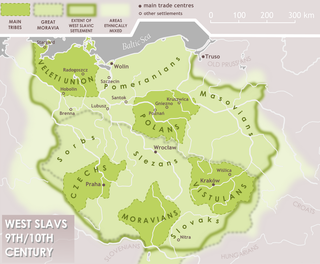| Millennium: | 2nd millennium |
|---|---|
| Centuries: | |
| Decades: | |
| Years: |
| 1027 by topic |
|---|
| Leaders |
| Birth and death categories |
| Births – Deaths |
| Establishments and disestablishments categories |
| Establishments – Disestablishments |
| Gregorian calendar | 1027 MXXVII |
| Ab urbe condita | 1780 |
| Armenian calendar | 476 ԹՎ ՆՀԶ |
| Assyrian calendar | 5777 |
| Balinese saka calendar | 948–949 |
| Bengali calendar | 434 |
| Berber calendar | 1977 |
| English Regnal year | N/A |
| Buddhist calendar | 1571 |
| Burmese calendar | 389 |
| Byzantine calendar | 6535–6536 |
| Chinese calendar | 丙寅年 (Fire Tiger) 3724 or 3517 — to — 丁卯年 (Fire Rabbit) 3725 or 3518 |
| Coptic calendar | 743–744 |
| Discordian calendar | 2193 |
| Ethiopian calendar | 1019–1020 |
| Hebrew calendar | 4787–4788 |
| Hindu calendars | |
| - Vikram Samvat | 1083–1084 |
| - Shaka Samvat | 948–949 |
| - Kali Yuga | 4127–4128 |
| Holocene calendar | 11027 |
| Igbo calendar | 27–28 |
| Iranian calendar | 405–406 |
| Islamic calendar | 417–418 |
| Japanese calendar | Manju 4 (万寿4年) |
| Javanese calendar | 929–930 |
| Julian calendar | 1027 MXXVII |
| Korean calendar | 3360 |
| Minguo calendar | 885 before ROC 民前885年 |
| Nanakshahi calendar | −441 |
| Seleucid era | 1338/1339 AG |
| Thai solar calendar | 1569–1570 |
| Tibetan calendar | 阳火虎年 (male Fire-Tiger) 1153 or 772 or 0 — to — 阴火兔年 (female Fire-Rabbit) 1154 or 773 or 1 |

Year 1027 ( MXXVII ) was a common year starting on Sunday of the Julian calendar.



